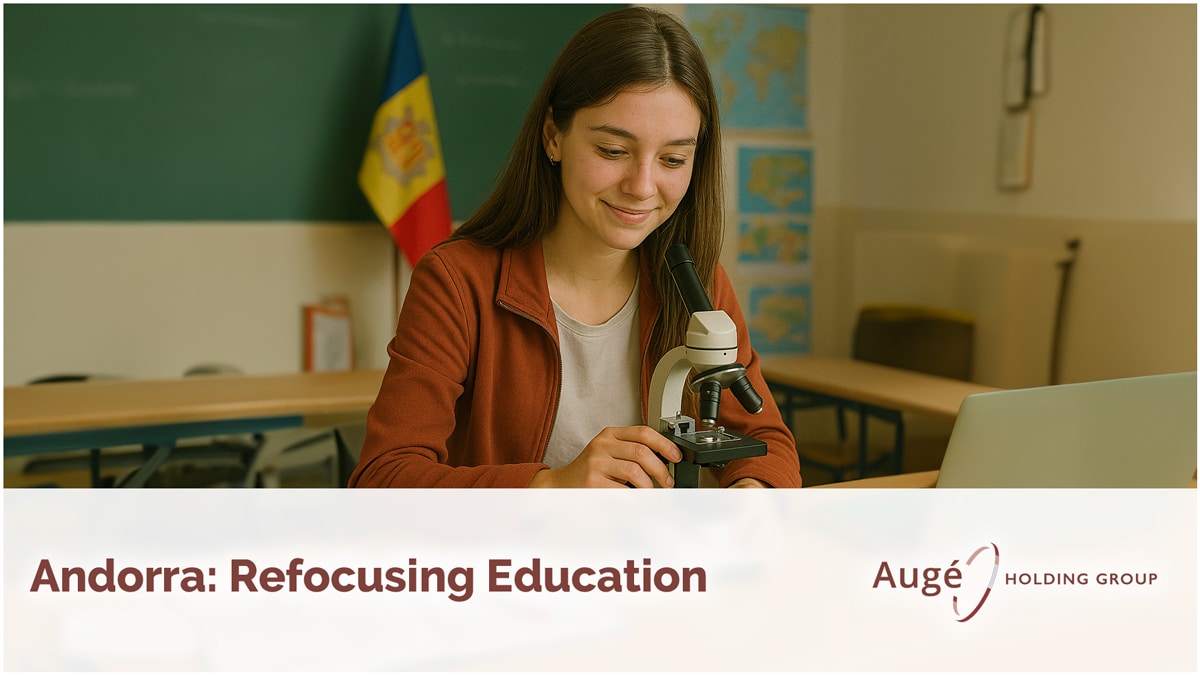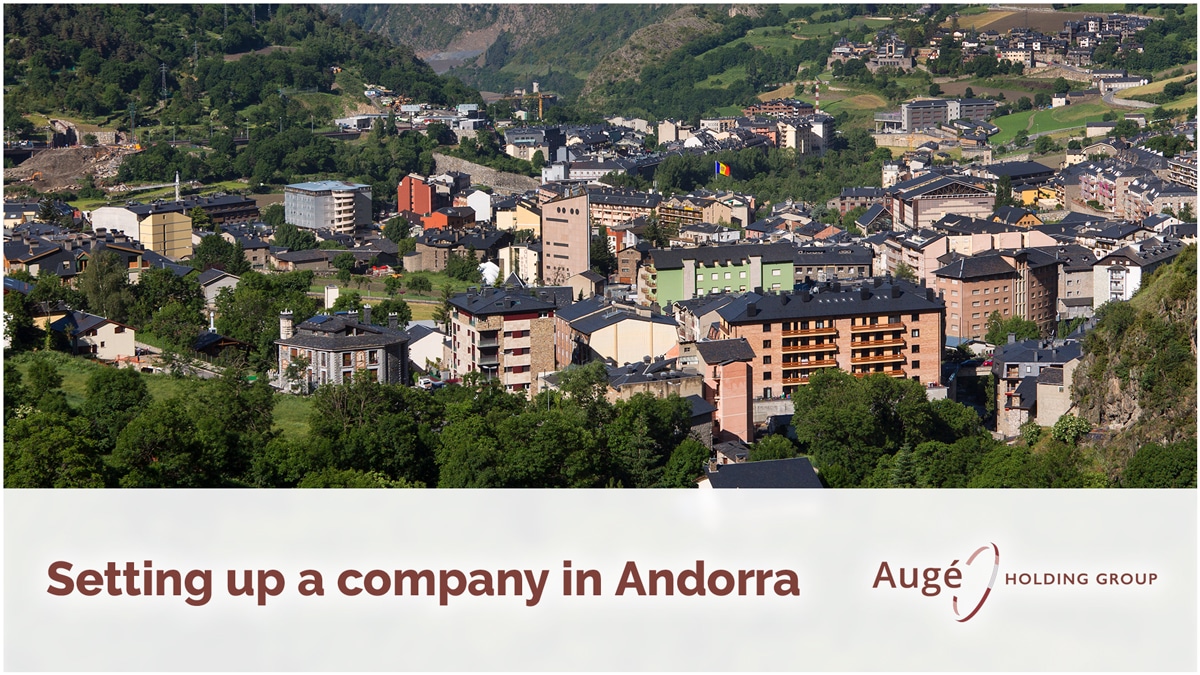Table of contents
ToggleA Decade of Economic Openness: Balance and Pending Challenges
One of the debates taking place in society, which confronts the different political currents vying to lead us, is the assessment, after 12 years of economic openness, of the quality of foreign investment that has arrived in the Principality and whether it has truly fostered economic diversification as intended.
I believe that, with nuances, everyone agrees that this first stage has been more about volume than quality and that, for real diversification to occur, it is necessary to undertake a much more structured and selective strategy than the current one, despite the efforts of certain public bodies and private clusters that have long been dedicated to this goal.
Education Within the Process of Openness
Education has not been excluded from this process of openness—quite the opposite.
In fact, during the first liberalisation phase in 2008, the first online university established itself in the Principality: La Salle.
Since the second phase, no fewer than six universities have set up operations, with two more on the way. This situation, according to international organisations and institutions such as UNESCO’s IESALC or the European Network of Quality Agencies, is beginning to raise eyebrows, as ultimately the density of universities in Andorra is far higher than in any other country within the European Higher Education Area.
The Fiscal Factor as the Main Attraction
There is an explanation for this: having the option to establish themselves anywhere in the world, these institutions primarily choose Andorra because of its comparative tax competitiveness.
In the same way, there is an enormous number of online training academies that massively sell “miraculous” courses (infoproducts) and, as they generate very significant revenue, the fiscal advantage becomes the main differentiating factor—beyond the fact that those who lead them are prominent influencers showing off luxury cars and tattoos in our streets.
Towards a More On-Site University Model with Added Value
Those who know me are already aware of my opinion about university education and how my vision is heading towards a future on-site university campus, offering studies in distinctive disciplines such as new technologies, health, management, and above all, sport in its various forms—while also recognising that online education can play a role.
Secondary Education and High-Performance Sport: A Pending Challenge
Moving one step down the educational chain, allow me to focus on secondary education and a very specific aspect that particularly concerns me and which might have a solution: reconciling studies with high-performance sport, a topic that still seems far from being developed as it deserves, despite the initial efforts of our Government with the Sport-Study Programme.
The Need for Genuine Flexibility
I sincerely believe that the current rigidity of the country’s different education systems regarding the creation of tailor-made programmes for young athletes—who, due to their technical qualifications and competitive potential, are immersed in high-performance sports programmes—must evolve into greater flexibility and adaptability.
We must value education, which most athletes do not wish to forgo, but adapt it to their circumstances.
Yes, it is a challenge—and also a sign of the maturity of our education system—to find mechanisms that maximise the value of formal training and the demands of high-performance sport.
The Values of Sport Applied to Learning
Sport itself represents sacrifice, perseverance, rigour, collaboration, and competitiveness—values which, when applied to education, can help build great people for the future: high-level athletes during part of their lives, and well-educated adults equipped with the highest qualities to face the rest of the time that providence grants them.
Online Learning is Not the Answer to Everything
In this case as well, online learning is not the best solution for these athletes.
That is why I advocate for joint efforts—especially from public institutions and sports federations—to create adapted programmes that help our high- performance athletes—who are numerous—to successfully complete their academic training with the offline or in-person support they deserve, while at the same time achieving the physical and technical preparation that enables them to compete internationally and bring honour to our beloved Principality.
Looking Ahead: More Quality, Less Quantity
In the end, it all comes down to betting on quality over quantity.
This should also apply to training and education. Therefore, it ought to be a medium-term objective to leave behind the 2012–2025 phase and embark on a new era—2025–2035—that is much more ambitious in qualitative terms.




